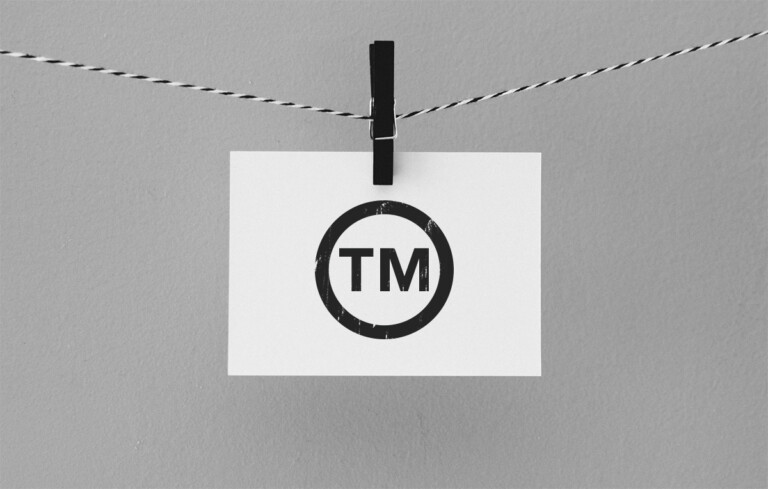
On September 26, 2019, the Supreme Court of Canada (the “Court”) rendered its judgment in Keatley Surveying Ltd. v Teranet Inc., 2019 SCC 43 (“Keatley”). In the decision, the Court confirmed that plans of survey deposited in Ontario land registry offices and digitized by Teranet were “published” under the control or direction of the Crown. Therefore the Crown owns the copyright in such plans.
The decision represents the first time the Court has considered the scope of the century-old provision which establishes Crown copyright. This decision from Canada’s highest court highlights important considerations for anyone who creates works for, or in cooperation with, any level of government or governmental departments, for instance, as part of public/private partnerships. The central issue considered by the Court was whether the Crown, through its service provider Teranet, “published” the plans of survey at issue under its control or direction and, as a result, the Crown owns the copyright in such plans by operation of this provision.
Section 12 of the Copyright Act, R.S.C. 1985, c. C-42 provides that the Crown owns copyright in a work that is, or has been, “prepared or published by or under the direction or control” of the Crown or any governmental department. This provision effectively creates a “work for hire” rule for independent consultants retained by the government, which is significant since Canada generally lacks a “work for hire” rule equivalent to laws governing copyright in the US.
Turning to the facts in Keatley, in Ontario, professional surveyors can deposit plans of survey at a provincial land registry office. These plans are then scanned and added to a database by Ontario’s electronic land registry service provider, Teranet. The representative plaintiff in Keatley, a professional surveyor, brought a class action against Teranet, alleging that by scanning, reproducing, and uploading the plans into the electronic land registry database, it had infringed the surveyors’ copyright in those works. Teranet succeeded at first instance on its motion for summary judgment, on the basis that the Crown – and not the plaintiff professional surveyors – owned copyright in the plans. The Ontario Court of Appeal agreed, and dismissed the surveyors’ appeal. The surveyors then filed a further appeal to the Court.
While resulting in the same outcome, the Court dealt with an issue not fully resolved by the earlier decisions in this case: what is the threshold required for section 12 to be invoked? If read at its most expansive and literal sense, does it provide a blanket expropriation mechanism whereby the Crown can simply make any third-party material available (publish it) by cloaking that material in Crown copyright? Or, if read most restrictively (as argued by the plaintiff), would it require the work to have been “prepared by or under the direction or control” (para. 62) of the Crown?
In Keatley, the Court found that there was no need to consider fair dealing, but instead used prior jurisprudence on that right to be a helpful starting point for the analysis, as fair dealing is “emblematic” of the general approach to copyright law, “which balances the rights of creators of works and their users” (para. 46). Therefore, although this decision does not turn on a defence of fair dealing, it does demonstrate the extent to which fair dealing informs the Court’s interpretation of the scope of rights afforded under the Copyright Act.
As it has done for fair dealing in the past, in its interpretation of section 12, the Court seeks to strike a similar balance between the two contrasting poles advanced by the parties. First, it recognizes the purpose of the provision, namely the protection of works where necessary to guarantee the authenticity, accuracy, and integrity of works that serve the public interest. Second, it seeks to avoid an expansive interpretation which would allow for the routine expropriation of creators’ copyright in their works, or which would impede the public interest in accessing information.
In attempting to achieve this balance, the Court sets out indicia relevant to assessing whether or not the Crown exercises sufficient direction or control over the preparation or publication of a work in order for copyright to vest in the Crown. These indicia “include the presence of a statutory scheme transferring property rights in the works to the Crown; a statutory scheme which places strict controls on the form and content of the works; whether the Crown physically possesses the works; whether exclusive control is given to the government to modify the works; the opt-in nature of the statutory scheme; and the necessity of the Crown making the works available to the public” (para. 69). In Keatley, the Court found that all indicia favoured recognizing Crown copyright.
Further, the Court found that the Crown exercised sufficient direction and control even though the plans of survey were digitized and uploaded by its non-governmental service provider, Teranet. According to the Court, sufficient direction and control is exercised by the Crown in Keatley because Teranet acts in accordance with the terms of implementation legislation and licensing agreements with government, and it is not entitled to act outside the parameters of either of its agreements with the Crown or the provisions of the statutory regime.
The Court also commented on the application of the principle of technological neutrality to the decision. Abella J., writing for the Court, rejected the suggestion that the former system, involving paper records, would not have infringed (as argued by the surveyors at first instance) or would not have been as severe of an infringement of copyright (as argued by the surveyors on appeal) in the plans of survey. The Court found that the reliance on new technologies does not change the assessment of Crown ownership of copyright, because the principle of technological neutrality demands that it not affect such an analysis. The Court’s reasoning is consistent with contemporary copyright jurisprudence—as this was the first time the Court had considered the scope of section 12, it noted that it had “taken into deliberative account the jurisprudential developments in copyright law in recent decades” (para. 90).
Cóté and Brown JJ. authored a concurring opinion, in which Wagner J. joined. These justices agreed that the Crown owned copyright in the plans of survey, but disagreed with the majority’s interpretive approach. While similarly concerned about the potentially broad scope of Crown copyright, the concurrence found that the majority’s interpretation distorted the plain meaning of section 12, and that this plain meaning did not warrant consideration of all of the indicia listed by the majority.
The concurrence preferred an interpretation in which copyright in a work vests in the Crown where the work is prepared or published by, or under the direction or control of, the Crown and “where the work is a government work” (para. 99). The concurrence defines a “government work” as a work “that serves a public purpose and in which vesting the copyright in the Crown furthers that purpose” (ibid.).
As mentioned above, readers should be aware that section 12 effectively creates a “work for hire” scenario for independent consultants retained by the government, provided that the work in question is not peripheral to the purposes for which the consultant is retained. In cases where the provision applies, this would reverse the typical presumption that independent contractors retain copyright in works they create.
Section 12 does, however, allow an author to contract out of its applications. As such, due care should be exercised in drafting, reviewing and properly interpreting agreements which involve the creation of protectable works in cooperation with the government, its agents, or Crown corporations. To ensure that the parties’ intended result is achieved, one should have all pertinent provisions properly reviewed well before any agreement is executed.




